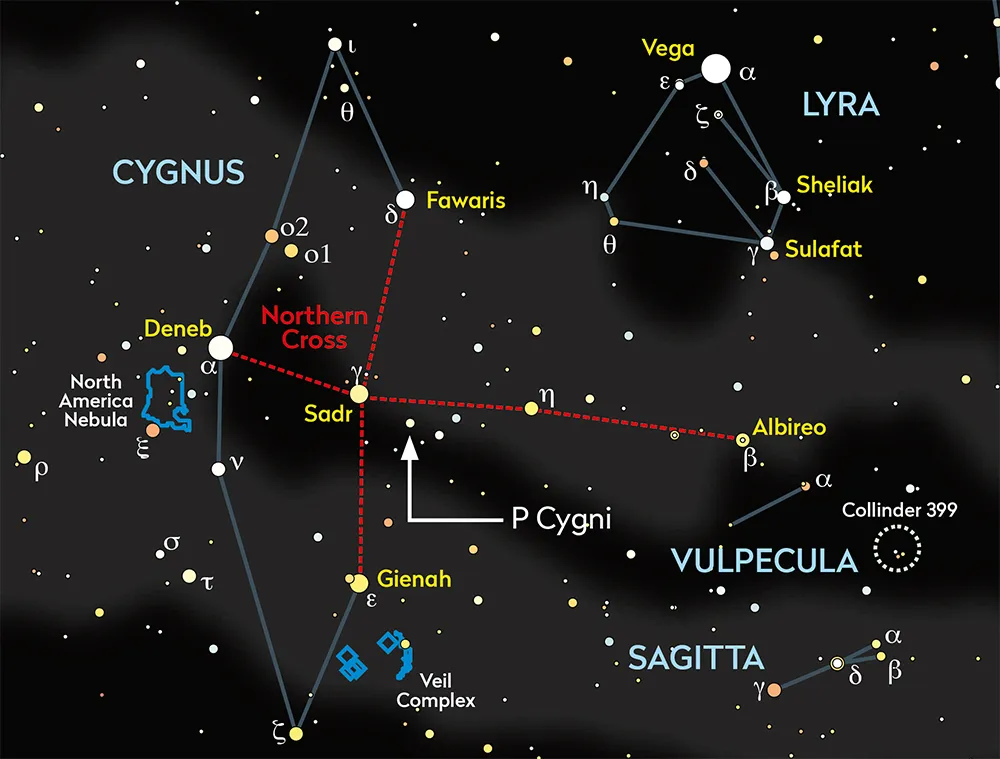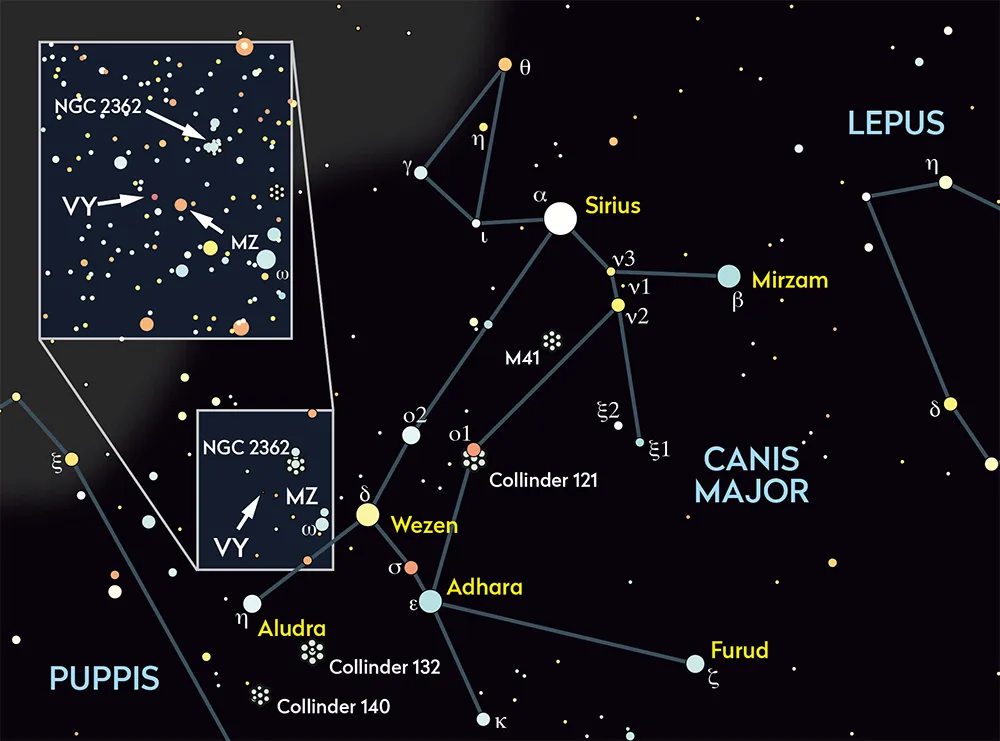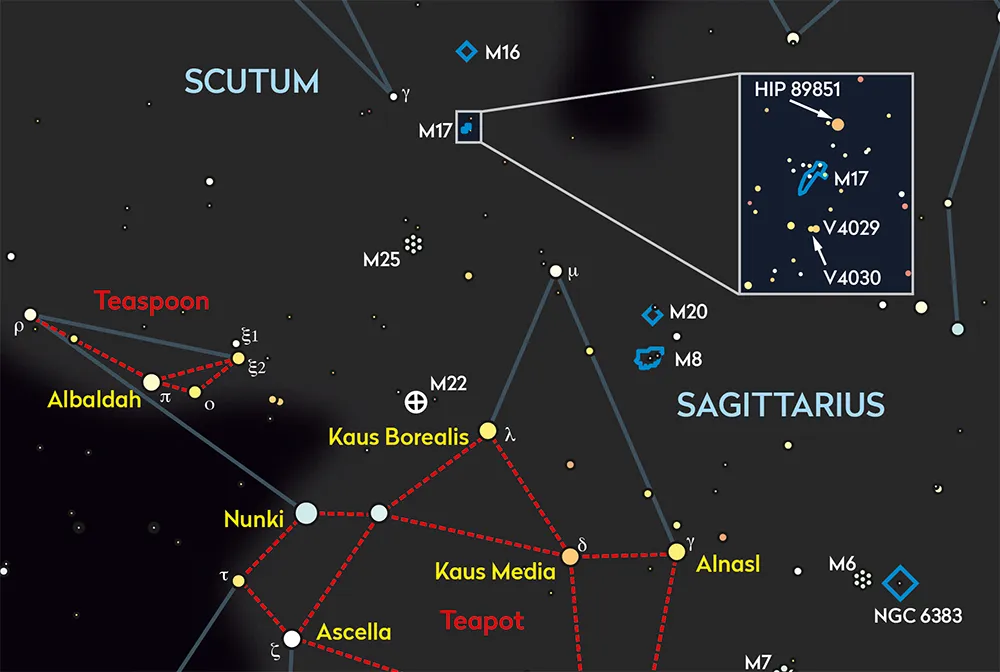Ever wanted to point your telescope at and observe some of the biggest known stars in the Universe?
In this guide we'll show you how to find 4 hypergiant stars: colossal beasts of the cosmos.
The biggest hypergiant stars would be able to fit 10 billion Suns inside them, or 14 quadrillion Earths.
Read on for our guide on how to find these stellar behemoths for yourself.
And for more like this, read our guide to the biggest things in the Universe
How to find the biggest stars in the night sky
Hypergiant stars aren't just incredible cosmological phenomena; they're targets that you can see for yourself in the night sky using a telescope.
Focus your scope on these bright, giant oddities of the Universe
Rho Cassiopeiae

Magnitude: 4.1 to 6.2
This yellow hypergiant star is located in the prominent W-shaped constellation of Cassiopeia. It’s a semi-variable star, meaning its brightness changes over time.
Usually it is bright enough to be seen with the unaided eye, but in the past it has temporarily dimmed enough to make binoculars necessary.
P Cygni

Magnitude: 4.8
Despite the fact that it is over 5,000 lightyears away, this luminous blue hypergiant is so bright that it’s visible to the unaided eye in the constellation of Cygnus, the Swan.
You’ll find it shining with a magnitude of 4.8 close to where the tail and wings of the Swan meet.
VY Canis Majoris

Magnitude: 6.5 to 9.6
VY Canis Majoris is one the biggest stars in the Universe. This pulsating red hypergiant is located in the constellation of Canis Major, or the Great Dog, diagonally down to the left of Orion’s Belt.
It’s visible from the UK in the winter and very close to the horizon below Sirius.
V 4030 Sagittarii & V 4029 Sagittarii

Magnitude: +8.3
This pair of blue hypergiants is located to the southeast of the Omega Nebula (M17) in the constellation of Sagittarius. The lid of the Teapot asterism points towards them.
Sharing a similar brightness, they can be easily seen through a modest amateur telescope low in the south during the summer months.
This guide originally appeared in the May 2023 issue of BBC Sky at Night Magazine.
